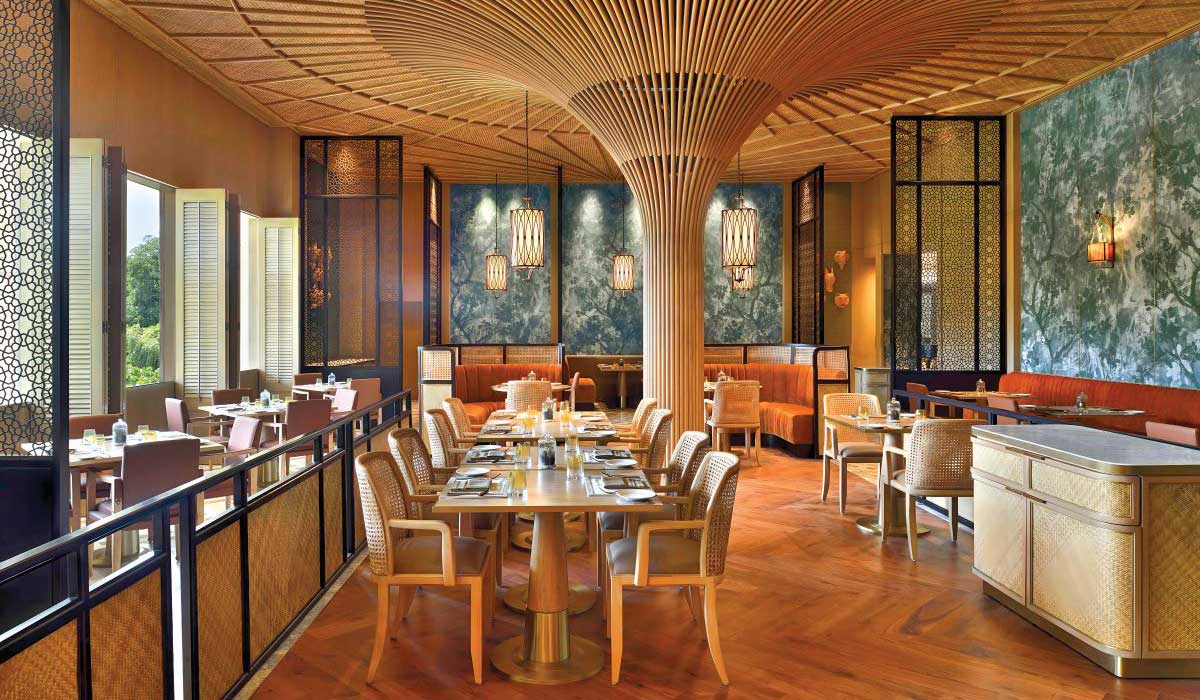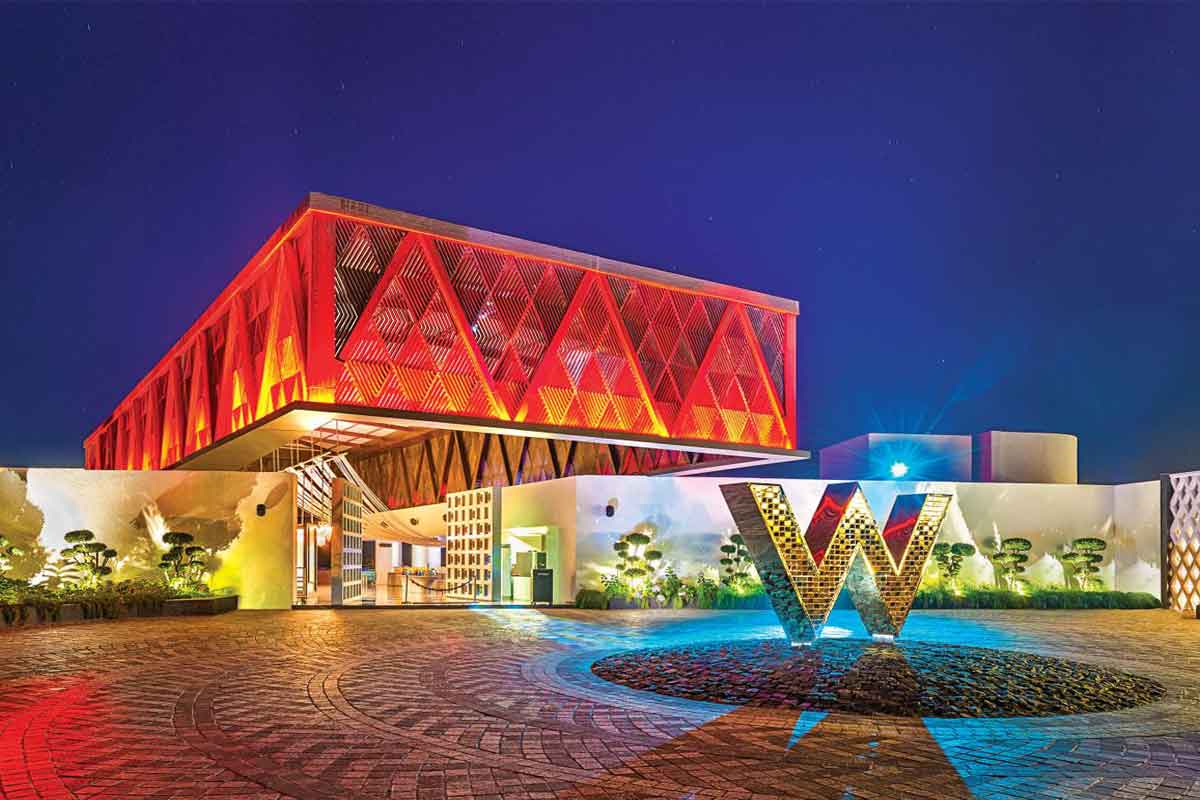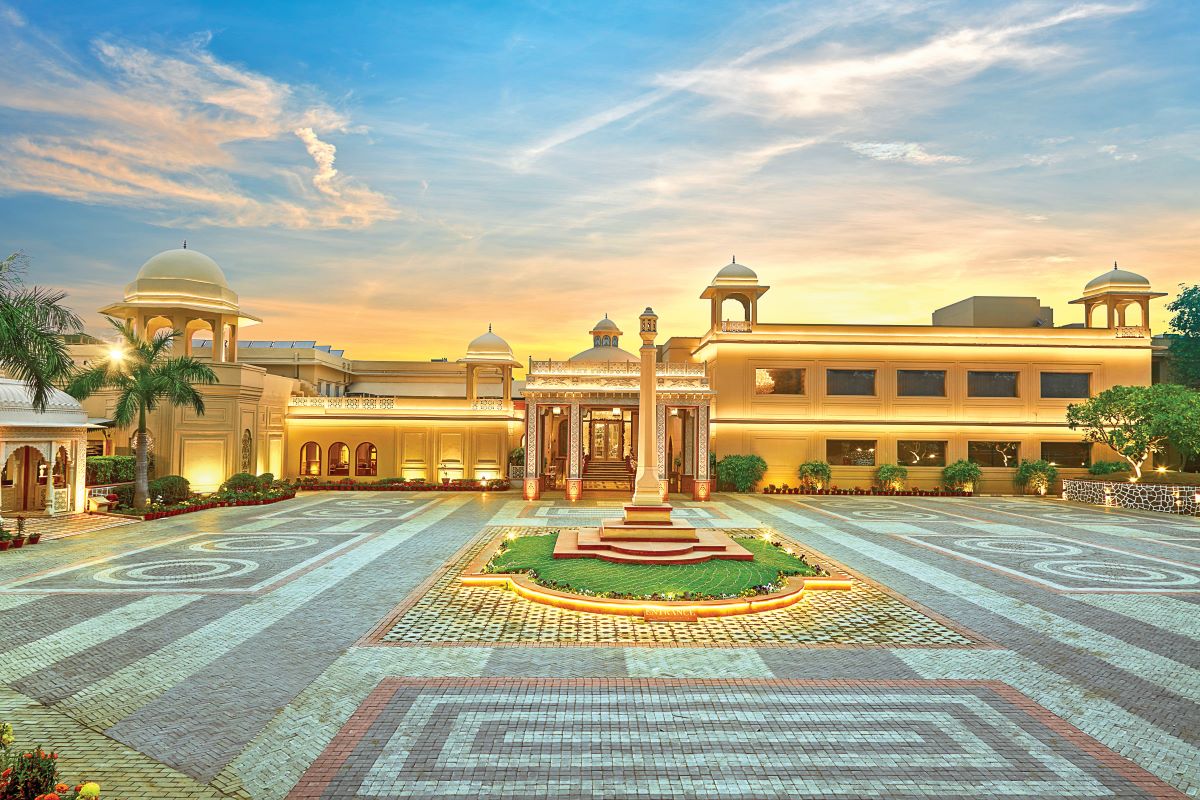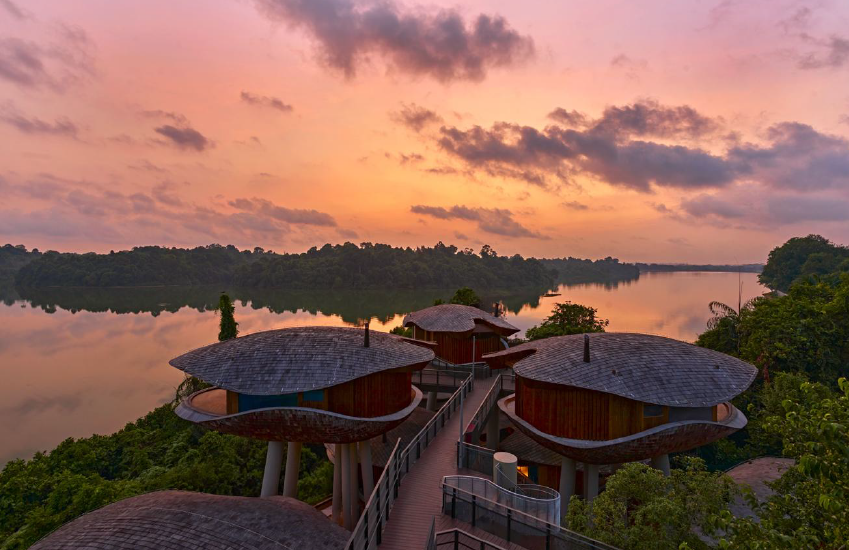Transcending their role as mere dining venues, these iconic restaurants have become enduring landmarks, deeply ingrained in the cultural fabric of the city.
Lipla Negi
Experience precedes metrics
Taj Mahal, New Delhi
Anmol Ahluwalia, Area Director – Operations & General Manager, Taj Mahal, New Delhi
What makes a restaurant iconic? Is it its food, design, or number of years? According to Dr Anmol Ahluwalia, Area Director, Operations & General Manager, Taj Mahal, New Delhi, an iconic restaurant thrives on consistency, a strong culinary identity, and deep resonance with its cultural and social context. His answer perfectly captures the legacy the hotel has built over the decades with its F&B offerings. Each of the hotel’s restaurants carries its own distinctive flavour and character.
At Varq, time-honoured Indian recipes are preserved through authentic methods but elevated with premium ingredients and contemporary artistry. Machan stays true to its legacy of international favourites while incorporating responsibly sourced produce, and design that reflects both nostalgia and eco-consciousness. At House of Ming, traditional recipes from Hunan, Sichuan, and Canton are honoured, while new interpretations of dim sums and Chinese teas reflect evolving preferences.
The menus are designed around balance. Describing this fine balance, Ahluwalia said, “Signature dishes remain constant and are the icons that guests return to repeatedly, while chefs introduce innovative creations around them. Guest chef collaborations, Michelin restaurant pop-up experiences, and seasonal showcases bring additional dynamism. Every special menu is crafted as a sensorial journey — one that combines tradition, innovation, and symbolism to create an immersive cultural experience.”
The guiding philosophy is rooted in heritage yet continuously revitalised with innovation. Besides flavours, enomatic wine dispensers offer effortless tasting journeys, while live kitchens, chef’s tables, QR-code menus, WhatsApp ordering, and Braille menus champion inclusivity and tech adaptation. The authenticity is valued by younger clients too.
Signature dishes remain constant while chefs introduce innovative creations around them
Strategic brand pillars
The Claridges, New Delhi
Hemendra Singh Kushalgarh, General Manager, The Claridges, New Delhi
If there were a masterclass on how to turn every inch of space in the F&B category into a driver of both revenue and reputation, The Claridges, New Delhi would be the one to deliver it. The hotel’s dining experiences are as diverse and eclectic as the capital city itself. From Dhaba and Jade to Lutyens Deli, Pickwick and Aura, each restaurant has carved a niche for itself.
Calling these ‘strategic brand pillars’, Hemendra Singh Kushalgarh, General Manager, The Claridges, explained, “While revenue optimisation remains important, we view our restaurants as long-term investments in brand equity — destinations in their own right that reinforce The Claridges’ reputation as a hallmark of hospitality.”
So, what is the secret sauce behind their award-winning restaurants? Kushalgarh outlined four pillars, “First, unwavering attention to detail — because the smallest touches often leave the deepest impressions. Second, genuine warmth and attentiveness towards guests, ensuring each person feels personally cared for. Third, staying true to our ethos rather than chasing every passing trend, which preserves authenticity. And finally, a stringent focus on quality and hygiene — from sourcing the finest ingredients to maintaining impeccable standards in the kitchen and beyond.”
In the spirit of innovation without compromising legacy, the team continues to refine its offerings. “Our signature dishes remain untouched — they are part of our heritage and continue to bring comfort to long-time patrons. Alongside these, we have introduced contemporary interpretations and global inspirations,” added Kushalgarh.
“Our signature dishes are part of our heritage and continue to bring comfort to long-time patrons.”
An epicurean landmark
ITC Maurya, New Delhi
There are restaurants known for their food, and then there are those that put cities on the global culinary map. ITC Maurya, New Delhi, is one such landmark that has become synonymous with the Capital’s identity. Home to the legendary Bukhara, Dum Pukht, and Avartana, it continues to set milestones while delighting diners from around the world.
A highlight on the itinerary of almost every visitor to Delhi, Bukhara — celebrating its 45th anniversary — recreates the rustic charm of the clay oven with its iconic menu of succulent kebabs, smoky vegetables, and freshly baked breads. Its unchanged menu, a rare phenomenon in today’s ever-evolving dining world, has stood as a timeless favourite of celebrities and heads of State alike.
Marking 35 glorious years, Dum Pukht reflects a journey steeped in refinement and consistency. Inspired by a 200-year-old culinary legacy from the royal kitchens of the Nawabs, Dum Pukht’s signature slow-cooking process allows ingredients to mature in their own juices, yielding nuanced flavours . With its sapphire-and-silver interiors that echo the grandeur of a bygone era, the restaurant elevates dining into an experience of regal indulgence. For an Italian escape, Ottimo at West View offers a colonial-style dining room with stone walls, wrought iron chandeliers, and decorative accents that set the stage for soulful antipasti, wood-fired pizzas, live grills, and artisanal pastas.
Guests savour these authentic creations while enjoying panoramic views of Delhi’s green belt from the comfort of ITC Maurya.
The unchanged menu of Bukhara is a rare phenomenon in today’s ever-evolving dining world
Essence of Asia’s culinary soul
The Imperial, New Delhi
Since ancient times, the fabled Spice Route has captured the imagination of travellers. Its intoxicating aromas launched countless ships in search of treasures once valued more than gold. Evoking that timeless journey of spice boxes crossing seven seas and winning every corner of the world with aroma and flavours then unknown, The Spice Route at The Imperial, New Delhi blends history with innovation. Here, each dish marries time-honoured recipes with modern artistry, making it the perfect backdrop for refined business gatherings or memorable evenings with friends.
Designed across nine meticulously curated sections, the journey culminates in an enchanting open courtyard that shimmers under the moonlight. Within this setting, ethnic Asian cuisine comes alive — tracing a culinary path from the mystique of East Asia and the vibrant flavours of Java to the soulful traditions of Southern India.
Perfect for business lunches, leisurely afternoons, or a well-deserved break, the Luxe Lunch promises an unforgettable dining experience. It unfolds against a captivating tapestry of gastronomy and culture, where ancient temple pillars and evocative murals whisper timeless tales. More than a restaurant, it is a voyage through history, artistry, and the enduring spirit of Asian kitchens.
By popular demand, The Spice Route recently reintroduced its Luxe Lunch. Originally a seasonal indulgence, it quickly became a cherished ritual for those seeking a refined mid-day escape. Guests can now savour a thoughtfully crafted three-course journey — from vibrant appetisers to soul-satisfying mains and indulgent desserts.
To keep the dining experience ever-evolving, unique, and exotic, new dishes and flavours will be introduced each week, making every visit a discovery in itself.
More than a restaurant, it is a voyage through history, artistry, and the enduring spirit of Asian kitchens










